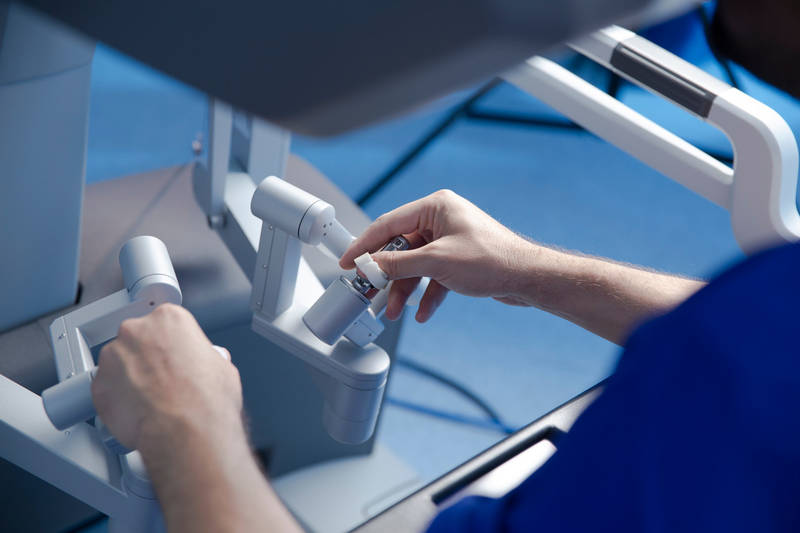Robotic surgery is a fairly recent advancement in the medical field that allows your surgeon to use computer-controlled robotic equipment and aids when operating on you. It is a form of minimally invasive surgery that lends accuracy and increased dexterity to surgical procedures, reducing the size and amount of incisions required to complete a surgery. Because the robot hands can maneuver in smaller spaces than possible for your doctor, robotic and minimally invasive surgery Miami procedures reduce the need for open or long incision surgeries. But why should this matter? Isn’t surgery just as risky regardless of how it is being done? On the contrary, robotic and minimally invasive surgeries and leaps and bounds are better than open surgery. Here are five reasons why.
Smaller Incisions, Less Scarring
During an open surgery, surgeons often have to use large incisions to access the surgical site. An example of this is a traditional open hysterectomy, which calls for an incision between 6 to 12 inches in length. Robotic and minimally invasive surgeries use specialized tools that are both small and designed for movement in tiny paces. Consequently, your surgeon needs a very small opening to access the surgical site. In this format, the same hysterectomy will only require a 1-inch incision or an incision the side of a dime. Other procedures may require several of these small incisions but the impact is far more manageable than one large incision. The scarring is also greatly reduced due to less stitching.
Less Pain and Blood Loss
In addition to requiring larger incisions, some open surgeries also often involve the cutting of large sections of tissue and muscle. This can contribute to intense pain and more blood loss than necessary. In fact, blood loss can be so severe sometimes as to require a transfusion. Robotic and minimally invasive surgery equipment include cameras that allow your doctor to see the surgical site without cutting into your tissues. This means that the procedure produces smaller wounds, which translates to less blood loss and pain. The reduced pain also lowers your risk of painkiller addiction.
Reduced Risk of Infection
One of the primary concerns surgery patients have is the risk of infection. Open surgeries expose large portions of your body to the environment, increasing the risk that you might get infected. An infection, in turn, can cause complications and keep you in the hospital longer. Robotic surgeries are less invasive and harbor a lower risk of infection. The incisions also heal faster and are less likely to become infected.
Faster Recovery
The smaller wounds, less pain, and less bleeding all contribute to one key benefit – a faster recovery. The minimally invasive nature of these procedures allows your body to heal faster than it would after a traditional surgery. And while how long you take to recover will depend on the procedure, your health, and other factors, most people usually resume their daily routines within several weeks.
Shorter Hospital Stays
Patients that undergo robotic and minimally invasive surgery often stay in the hospital for a shorter period than open surgery patients. Most people go home after a single night in the hospital compared to open surgery patients who spend at least 2 to 3 nights at the hospital. In addition to making robotic surgeries less costly, this feature also means you can recuperate at home.
Are You an Ideal Candidate for Robotic Surgery?
Robotic surgery is considered one of the most exciting developments in women’s health in recent times. Several life-saving procedures are now offered in this format, including hysterectomies, endometriosis treatments, ovarian cancer treatments, and ovarian cyst removals. To find out if you are an ideal candidate for robotic and minimally invasive surgery, contact a provider to discuss your condition, symptoms, and the available treatment options.





